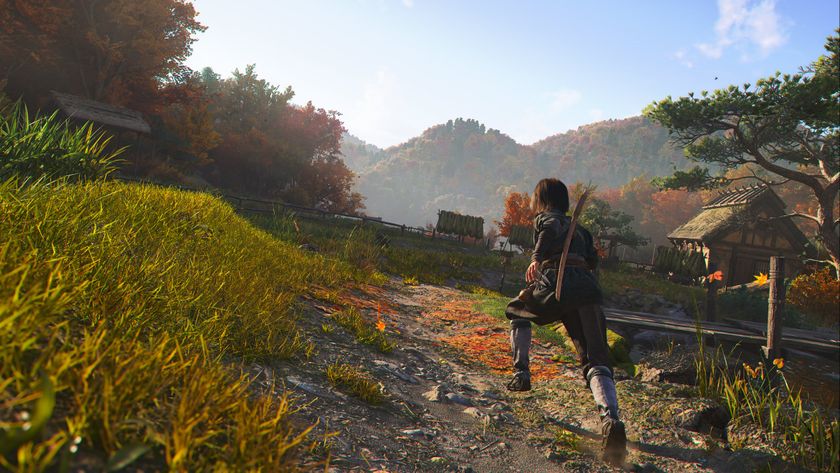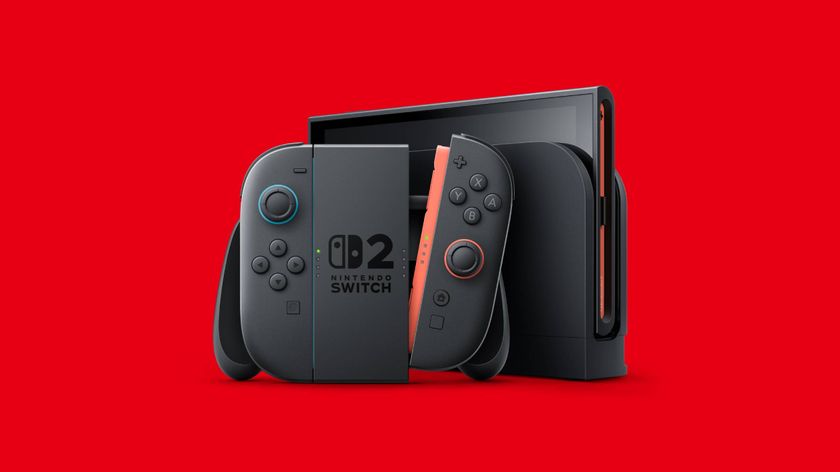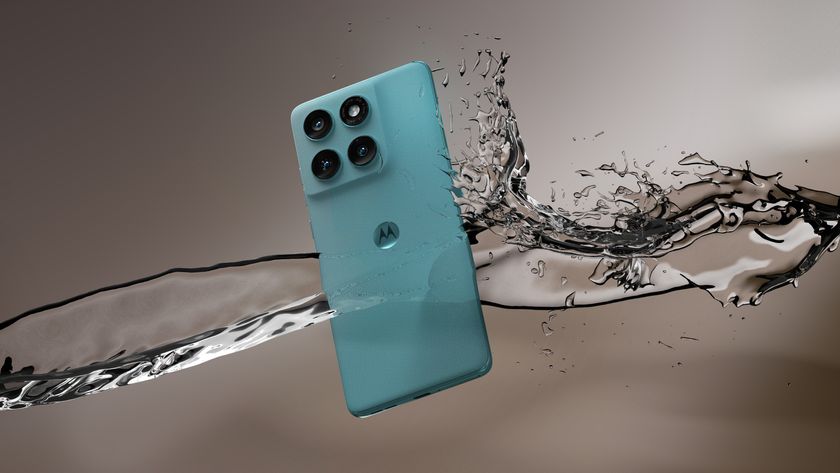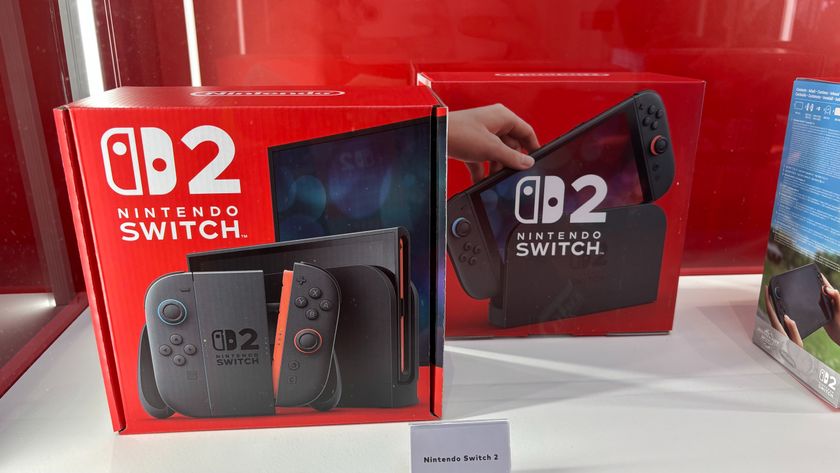Building a budget gaming PC doesn’t have to be boring
Think small and mighty

Building a new gaming PC is an exciting occasion. You get to hand-pick the parts that are going to power your gaming experience. You’ll get to build from the ground up, effectively deciding not only how powerful your PC will be but also how stylish.
Though there’s a lot to love about going all-in on premium parts for an extreme build, there are actually some considerable perks to a budget build. Even if you can’t build a PC that can run every game at max settings, there’s no rule saying you can’t get creative while building with more modest parts. If your PC build budget is limited, you’ve still got a reason to get hyped and can still plan to make something special.
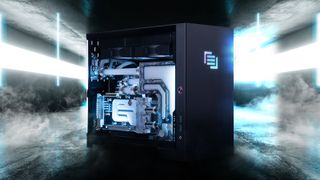
The beast PC - A perspective
When it’s time to build a new gaming PC, most of us would love to head online, pick out the most powerful, expensive components, order them all in, and then build a giant, magnificent beast of a machine that won’t sweat under the load of any single game.
But, most of us probably can’t afford to spend so capriciously, and a lot of the highest-end components have seriously diminishing returns (like the Nvidia GeForce RTX 3080 and especially the RTX 3090). Plus, a lot of those components have a few things in common: They are bigger, require more power, and run hotter.
As you get toward higher-power graphics cards, you’re looking at major power draws that require serious power supplies. A lot of these cards can take up two or even three PCIe slots in width and then also tend to be longer, requiring extra space inside the PC case. Large air coolers or extended 240mm and 360mm radiators for cooling higher-power processors also take up more space. As each of these components demands more power or thermal management, it also drives up the price even further, as beefier power supplies and coolers don’t come cheap.
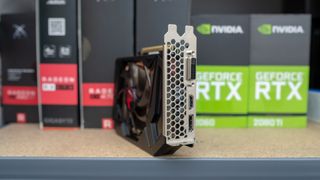
Your friendly neighborhood budget build
By contrast, components that fall toward the budget end of the market tend to require less power and cooling, and they can take up less space in turn. That opens up some exciting possibilities for what you can do when you’re building on a budget.
That’s right – we’re talking small form factor PCs.
Get daily insight, inspiration and deals in your inbox
Sign up for breaking news, reviews, opinion, top tech deals, and more.
Where high-end PC builds that try to go SFX can be a major struggle, requiring specialized parts and some serious Tetris skills to get each component to slot it nicely without restricting airflow, a budget SFX build for gaming can be much easier.
You’ll rarely find a lower-power graphics card taking up three PCIe slots or an affordable processor with a TDP above 100W.
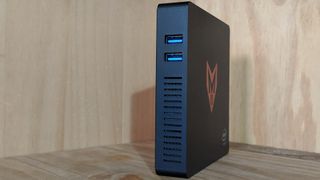
Finding fun in small spaces
Given space constraints won’t be as big an issue, you’ll be able to more freely choose your PC case. You can pick out a sleeper case that will hide its gaming nature or go for something a bit more fanciful. And, you’ll get to do so without having to worry so much about whether your parts will fit into a Micro ATX or Mini ITX case.
There are still a few things you’ll want to be sure of. Your motherboard will need to fit the case, but with the recent boom in mini-ITX boards, you should have no trouble finding a budget motherboard that’ll fit.
You’ll also need a power supply that can fit. That’s where going low-power helps again. Lower wattage power supplies aren’t always going to be as big (although some sizing is standardized). Going lower power will save you money on the power supply as well. And, if your case can only fit SFX power supplies, you can still find an affordable low-wattage model while a high-wattage option would jump up dramatically in price as it gets expensive to fit everything into the smaller frame.
The graphics card will still be important to ensure a fit for. Though cheaper graphics cards usually aren’t as thick, they can still be long. That said, you’ll find a lot more short, dual-fan or even single fan models of low-power graphics cards than you will of high-power ones simply because they don’t need as much cooling. Of course, for a budget build, you might not even need a separate graphics card.
If you’re getting hyped about the Steam Deck, you may have noticed it is essentially a super small gaming PC running on an AMD APU. If you also opt for an AMD APU like the recently released Ryzen 7 5700G or Ryzen 5 5600G, you’ll be getting both your CPU and GPU on the same chip, so you won’t even have to worry about finding room for a graphics card.
Slapping a Ryzen 7 5700G into a compact gaming PC would give you plenty of performance when you’re not gaming and can provide speeds that’ll hold up modestly well for 1080p gaming on demanding titles while breezing through less graphically intense games. And, it can do that with some modest cooling in a tiny PC case that you could sneakily hide next to a TV or on your desk.
- Welcome to TechRadar’s PC Gaming Week 2021, our celebration of the greatest gaming platform on Earth. Despite the global pandemic and ongoing GPU shortages, PC gaming has never been more vibrant and exciting, and throughout the week we’ll be reflecting this with a selection of in-depth articles, interviews and essential buying guides.
Over the last several years, Mark has been tasked as a writer, an editor, and a manager, interacting with published content from all angles. He is intimately familiar with the editorial process from the inception of an article idea, through the iterative process, past publishing, and down the road into performance analysis.

